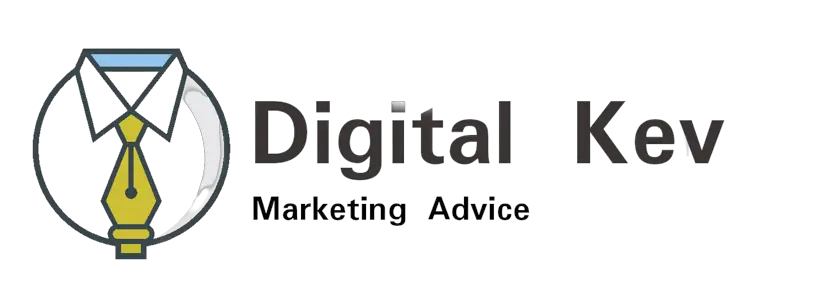Are you looking to increase your online visibility and attract more visitors to your website? Search engine optimization, or SEO, is the answer. SEO is the process of optimizing your website’s content and structure to improve its ranking in search engine results pages (SERPs).
Keyword Research
Before starting your SEO efforts, you need to identify the most relevant keyword phrases for your business. The best keywords are those that accurately reflect the content of your website and that people are searching for. You can use tools like Google Keyword Planner to find popular keyword phrases related to your business.
Content Optimization
Once you’ve identified your target keywords, you need to optimize your website’s content. This includes writing high-quality, informative content that uses your target keywords in a natural way. Make sure your content is structured properly, with headings, subheadings, and bullet points to make it easy to read.
On-Page Optimization
On-page optimization refers to the process of optimizing individual web pages to improve their SERP rankings. This includes optimizing your website’s title tags, meta descriptions, and URLs with your target keywords. Make sure your website is mobile-friendly and has a fast loading speed.
Link Building
Link building is the process of acquiring links from other websites to your own. The more high-quality links you have to your website, the better your SERP rankings will be. You can acquire links through guest posting, social media outreach, and creating shareable content.
Social Media Optimization
Social media optimization is the process of optimizing your social media profiles and content to drive traffic to your website. This includes regularly posting informative and shareable content, engaging with your followers, and using call-to-actions to encourage visitors to visit your website.
Local SEO
If you’re a local business, local SEO is critical to your success. Local SEO is the process of optimizing your website and online presence to attract customers in your local area. This includes optimizing your website with local keywords, building local citations, and claiming your Google My Business listing.
Technical SEO
Technical SEO refers to the process of optimizing your website’s backend to improve its performance and user experience. This includes optimizing your website’s robots.txt file, XML sitemap, and canonical tags. Make sure your website has a secure HTTPS connection and is free from technical errors.
Conclusion
In conclusion, SEO is essential for any business looking to increase online visibility and attract more visitors to their website. By following the tips outlined in this guide and staying up to date with the latest SEO trends, you can improve your website’s ranking in SERPs and drive more traffic to your website.

